Teen girl movies helped Mona Awad make her dreams come true.Illustration by Pablo Lobato
Montreal-born author Mona Awad’s latest novel, We Love You, Bunny – a follow-up to 2019’s darkly comical Bunny – combines two very different things that bring her joy: Rabbits, obviously, and vintage teen movies about mean girls.
In this instalment of Joy Diaries, the U.S.-based award-winning author – whose latest offering is shortlisted for the Giller Prize – unpacks why her favourite movies make her happy, and how they inspired the “Bunny-verse” in her books.
I don’t have a bunny, I’m sorry to say, but I see them all the time. In fact, they gave me permission to write this book. I was an MFA student at Brown University, working on something totally different, but I had this dark and crazy idea cooking in the back of my head about bunnies. Too crazy to write. So crazy that I couldn’t even say it out loud without bursting out laughing.
Even though being at a New England Ivy League school was magical, it was also kind of like being in a horror movie. As a teenager, I dropped out of high school three times. I truly felt like I didn’t belong. There was something about the nature of high school that was particularly horrifying for me. I was so insecure and vulnerable then, to the point of paralysis.
Even though I was in my early 30s, I was terrified to go back to school at Brown to get my MFA in fiction. And I was right: Just as I thought, it was super cliquey and weirdly competitive. It’s weird to feel 16 again when you’re 33.
For comic Mae Martin, the improv stage is bliss
Probably because it felt like high school, I watched a lot of high school movies while I was there. I love Heathers, Mean Girls and The Craft. All were very influential. Pretty in Pink really made me. It’s not a teen movie, but Working Girl is my favourite movie ever. Whenever I’m sick or lonely or depressed, that’s the movie I watch. When I need an absolute joy bomb, it works.
These movies are joyful to me because they’re like fairy tales. They all center on a character who doesn’t have any power. The wish fulfillment is when they give this powerless person their dream come true. It’s like, what if suddenly you did belong? What if you got the very thing you longed for? Is it really what you want?
It’s the centre of all my work. All fairy tales have some kind of transformation that feels magical, so I think Bunny is a fairy tale of sorts too. There are familiar tropes, insiders and outsiders, characters who have internal and external transformations. I needed a change when I was at Brown, too. I’d reached a point in my life where it really felt like this was my last shot.
I got really close to dropping out, but I decided to stay because I felt that, whether I ever finished a book or not, the year at Brown was a gift itself. I took a lot of long walks and I started seeing bunnies everywhere. I saw them in my front yard, around my neighbourhood, in the churchyard. It’s true I was probably looking for signs and it’s also true that sometimes bunnies totally take over campuses. But I didn’t know that at the time and so I started to think: They want it too. They want the bunny book.
For model Lauren Chan, having a pet dog unleashes daily joy
One spring day, after a meeting with my advisor, I walked outside and saw a bunny sitting right there. I’m looking at it and it’s looking back at me, very cute but also kind of scary. I’m a dark-minded soul, thinking, what if this is a trick? What if the cute thing in question is wicked? That was the moment I decided to throw away the other story I had been working on but didn’t even like and write the crazy bunny fairy tale instead. The bunny let me do it.
As told to Rosemary Counter












